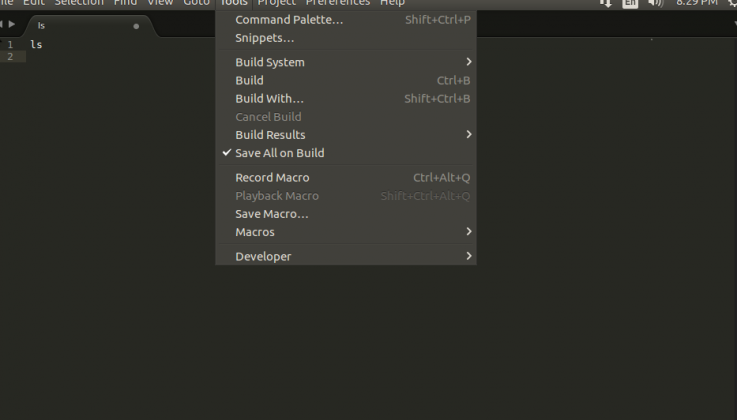

- #Notepad++ linux vs windows return character code#
- #Notepad++ linux vs windows return character mac#
So what should I use as a file line delimiter? When you hit enter on a typewriter it will advance the paper to the next line (line feed!), however unless you return the carriage (that lever that you move to the left) you would keep typing, here's an example: I will hit enter now The term Carriage Return actually dates back to when typewriters were commonly used. Most text editors on windows besides notepad have no problem with working on files that are only delimited with \n or Chr(10). Notepad is not smart enough to know the difference and plops everything on one line. If you have ever opened a file with notepad on windows and found that it appears that everything is on one line, but then open it in another editor to find that the lines appear, the reason for that is that the file is delimited with only LF Chr(10) and not CRLF. Things such as HTTP headers or MIME mail headers are also delimited with a CRLF. So that is a Chr(13) followed by a Chr(10) that compose a proper CRLF. On windows based computers files are typically delimited with a Carriage Return Line Feed or CRLF.
#Notepad++ linux vs windows return character code#
The ASCII character code 13 is called a Carriage Return or CR.
#Notepad++ linux vs windows return character mac#
On a UNIX based operating system such as Linux or Mac it is all you typically use to delineate a line in a file. ASCII character 10 is also called a Line Feed or LF. The ASCII character code 10 is sometimes written as \n and it is sometimes called a New Line or NL. So here it is fully explained in case you are curious: Usually I end up googling my ASCII Cheatsheet for the answer. Writing this because I can never remember which ascii code is \n and which is \r.


 0 kommentar(er)
0 kommentar(er)
